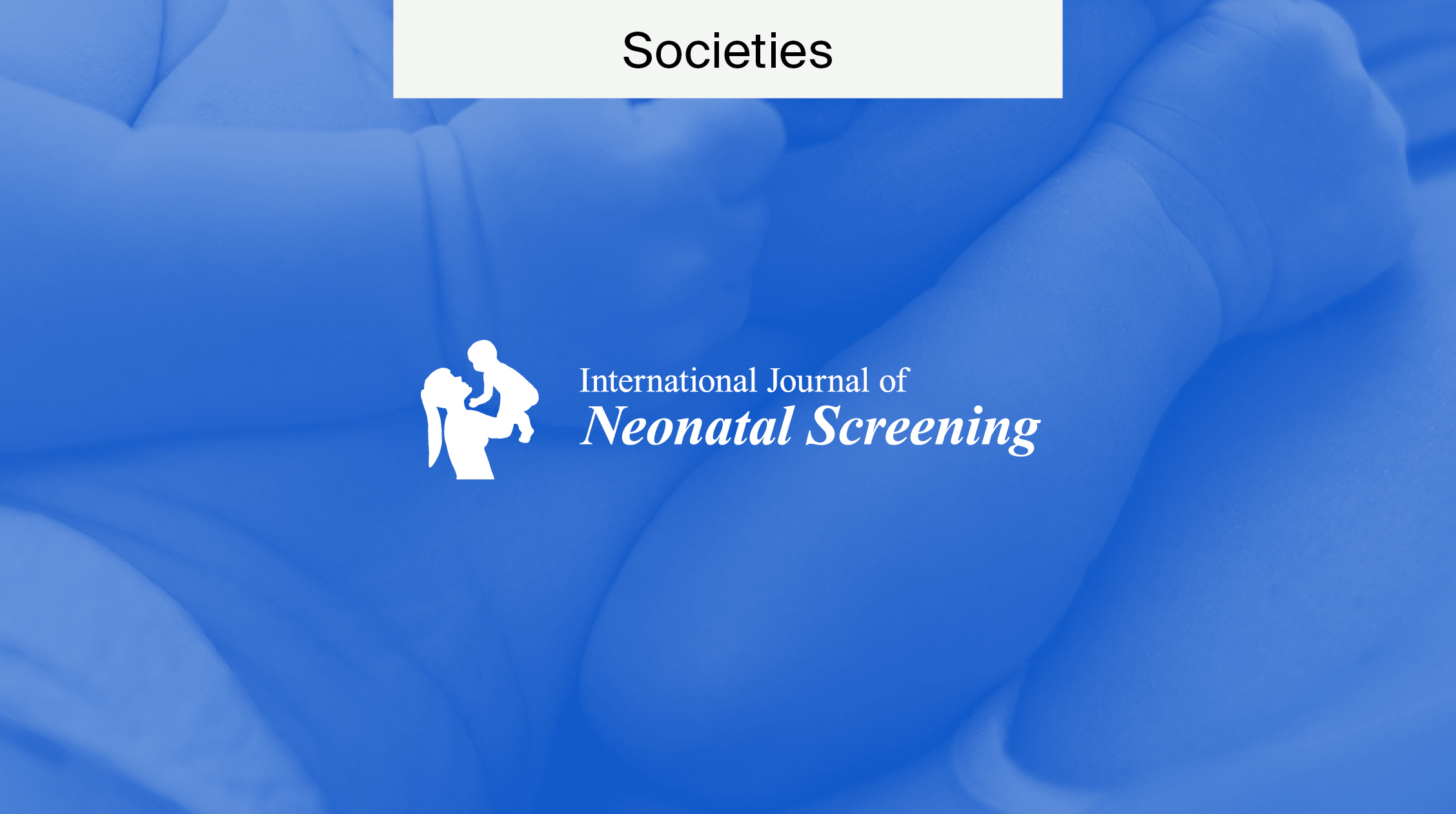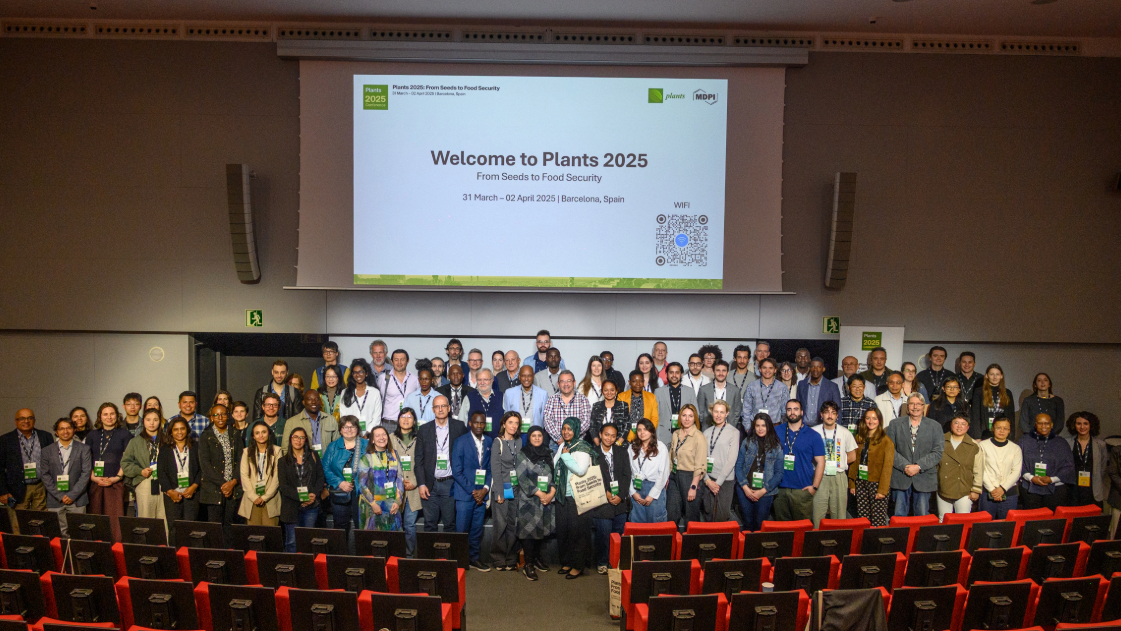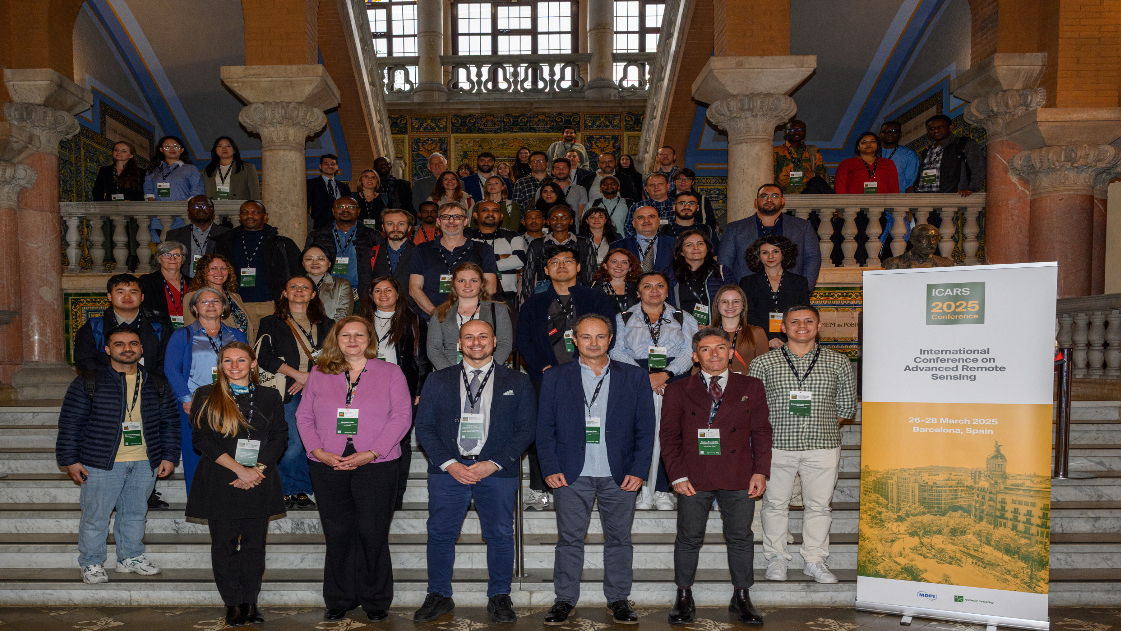
Spotlight on International Journal of Neonatal Screening
In this week’s spotlight, we’re looking at the International Journal of Neonatal Screening. Owned by the International Society for Neonatal Screening (ISNS), the journal was launched in 2015 in collaboration with MDPI.
The society has been at the forefront of advancing screening for neonatal and infant sicknesses and disorders since it was founded in the 1980s. Here, we look at the society’s history, its journey with MDPI, key journal metrics and the benefits of using MDPI’s Societies service in greater depth.
The International Society of Neonatal Screening
In the 1960s, discussions on screening for phenylketonuria (a disease affecting protein production) and congenital hypothyroidism (a disorder affecting the thyroid gland, present at birth) recognized the need for greater quality control.
This need, alongside the need for standardized practices in the field, was met by participants of the International Newborn Screening Symposium (INSS). The INSS’s eighth meeting would retrospectively be recognized as the first meeting of the ISNS.
Key founding figures of the society include Dr. Ian Lyon, Dr. Naruse and Dr. Brad Therrell, with the latter two being responsible for the organisational efforts that led to the formation of the ISNS. Today, the society comprises around 500 members from 70 countries.
ISNS vision
“ISNS is recognized worldwide for its contributions to the detection of neonatal conditions and the prevention of their adverse outcomes through excellence in neonatal screening.”
History of the International Journal of Neonatal Screening
The International Society of Neonatal Screening began its journey with MDPI in 2015, the year in which the inaugural issue of the International Journal of Neonatal Screening was published.
The aim of the journal is to advance knowledge regarding the natural course of target diseases for newborn screening and to share information on the topical methods used in newborn screening laboratories.
During its 9-year history, a number of societies have become affiliated to IJNS. This includes the Japanese Society for Neonatal Screening, German Society for Neonatal Screening, Association for Public Health Laboratories and the UK Newborn Screening Laboratory Network. Excitingly, in 2024, IJNS received its 2023 CiteScore of 6.7 as well as an Impact Factor of 4.0. It also ranks within the top 10% of journals in both Scopus and Web of Science categories related to Paediatrics.
Dr. Ralph Fingerhut and Peter C. J. I. Schielen—Editors in Chief of the journal—elaborate on the aims and successes of IJNS in the Editorial “ISNS Celebrates International Neonatal Screening Day 2024 with a New IJNS CiteScore, a Global Report and a WHO Resolution”, which can be accessed here.
Journal Statistics
You can view the journal’s CiteScore and Impact Factor below.


Submitting your manuscript to the International Journal of Neonatal Screening
Manuscripts for IJNS should be submitted online at susy.mdpi.com. The submitting author, who is generally the corresponding author, is responsible for the manuscript during the submission and peer review process.
To submit your manuscript, register and login to the submission website. Once you have registered, click here to go to the submission form. All co-authors can see the manuscript details in the submission system if they register and login using the e-mail address provided during manuscript submission.
Looking to the future
IJNS is invested in bringing professionals in the newborn screening community together. This is reflected in its conference participation as well as its society collaborations.
13th ISNS European Regional Meeting
Excitingly, the 13th ISNS European Regional Meeting is set to take place in Luxembourg between 23rd and 26th March 2025. The IJNS team will be present at the conference, where the team will be happy to speak more about the journal’s scope and history, as well as the submissions process.
The theme of the conference is ‘Newborn Screening – working together in the heart of Europe’. Topics of interest include multi-omics, screening and treatments for neuromuscular disorders as well as cystic fibrosis and information regarding newborn screening experiences across Europe. The team will be there to speak more about the journal’s scope and history, as well as the submissions process.
Visit the conference page to find out more about the event.
Publishing your society journal with MDPI
MDPI is interested in helping societies establish their own Open Access journals. With more than 10 years of expertise in the field, MDPI has guided societies in their Open Access journey, and currently publishes 19 journals on behalf of societies and institutes.
Here are just a few of the additional benefits of publishing your society journal with MDPI:
- Rapid publication—A first decision can be provided to authors approximately 21.2 days after submission and acceptance to publication is undertaken in 6.7 days;
- High capacity—MDPI has the infrastructure to support a high output of research;
- High visibility—Journals published with MDPI received more than 49 million monthly webpage views in 2023, giving authors a greater chance of having their research seen.
To see exactly how your society can benefit from partnering with MDPI, you can visit the website.











